Cybertruck’s 13 Biggest Misses
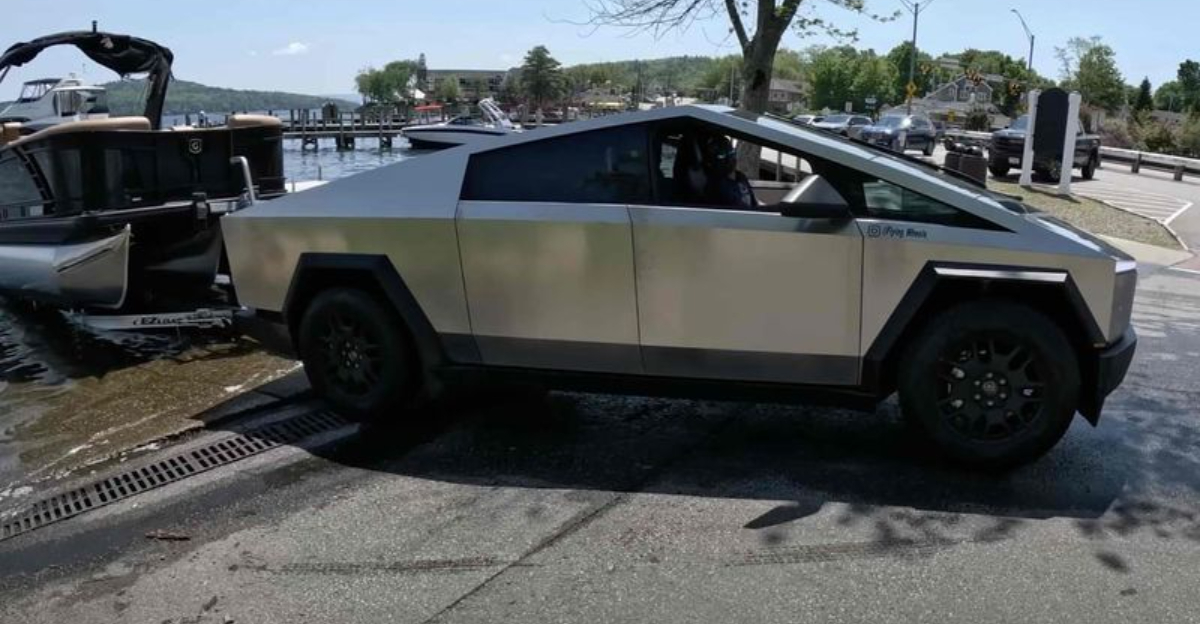
The Cybertruck rolled onto the scene like something out of a sci-fi fever dream, promising to rewrite the rules of the road.
But behind the bulletproof glass and wild angles lies a bumpy ride of missteps.
From head-scratching design quirks to features that just didn’t land, not everything about Tesla’s stainless steel beast screams innovation.
For all its hype, there are a few areas where it short-circuited expectations and left even loyal fans raising an eyebrow.
1. Waiting Game That Never Ends
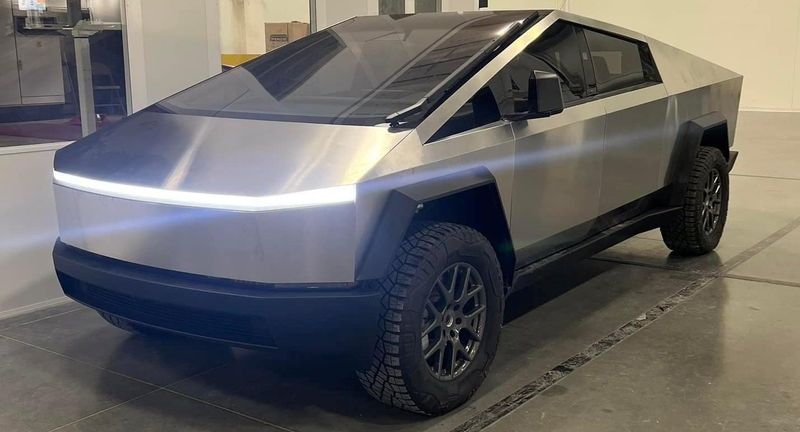
Remember when Musk promised Cybertrucks would hit roads by 2021? Fast forward to reality, and early reservation holders watched deadline after deadline zoom by like roadside billboards.
Production delays became so legendary that some fans joked their grandkids might inherit their reservation spots.
Supply chain issues, pandemic complications, and engineering challenges all contributed to the multi-year waiting game.
For many would-be owners, patience turned to frustration as competing electric trucks actually made it to market while their stainless steel dream remained just that – a dream.
2. Range Anxiety Reality Check
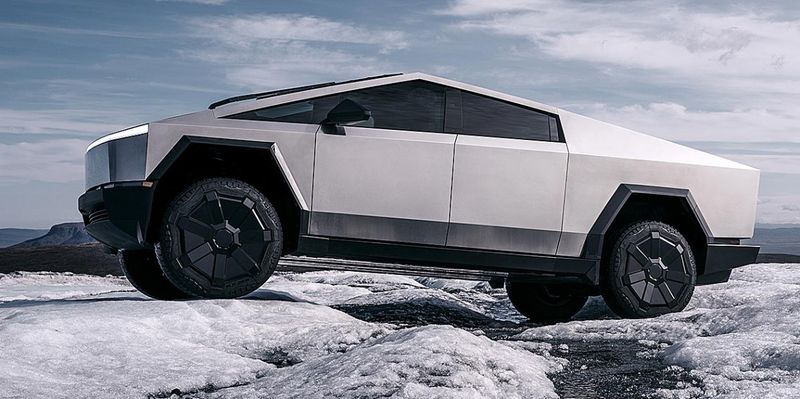
Musk originally boasted about a jaw-dropping 500+ mile range that would leave other EVs in the dust. Reality check: the production models deliver significantly less impressive numbers.
Hauling cargo? Towing a trailer? Watch that range plummet faster than a stone off a cliff.
The gap between promised and actual performance has left many potential buyers questioning whether the truck can handle their real-world needs.
Cold weather further compounds the problem, making winter road trips a nerve-wracking exercise in charging station hopscotch.
3. Love-It-Or-Hate-It Looks
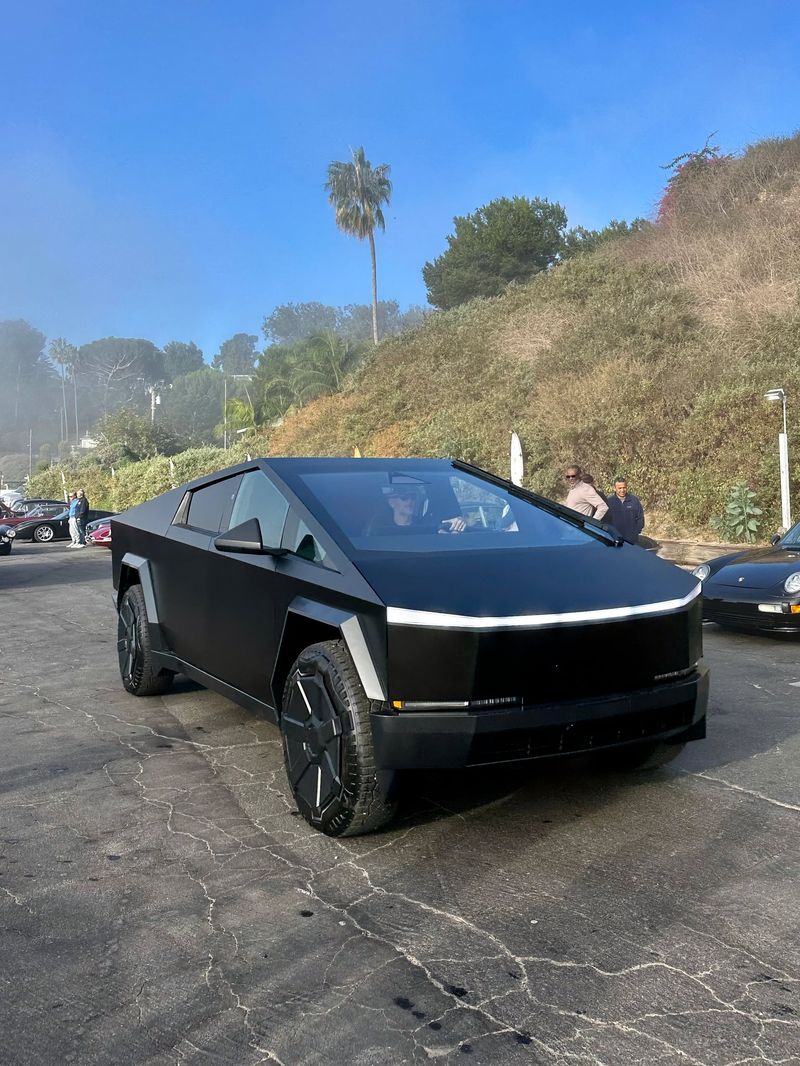
Nothing about the Cybertruck screams “blend in at the grocery store parking lot.” Its razor-sharp angles and DeLorean-meets-military-tank aesthetic have created a passionate divide among consumers.
For every fan who loves its bold futuristic statement, there’s someone else who thinks it looks like a computer rendering gone wrong.
The polarizing design limits its appeal to those willing to make a loud visual statement everywhere they go.
Many traditional truck buyers simply can’t get past the radical departure from the familiar pickup silhouette they’ve grown to love.
4. Blind Spot Bonanza
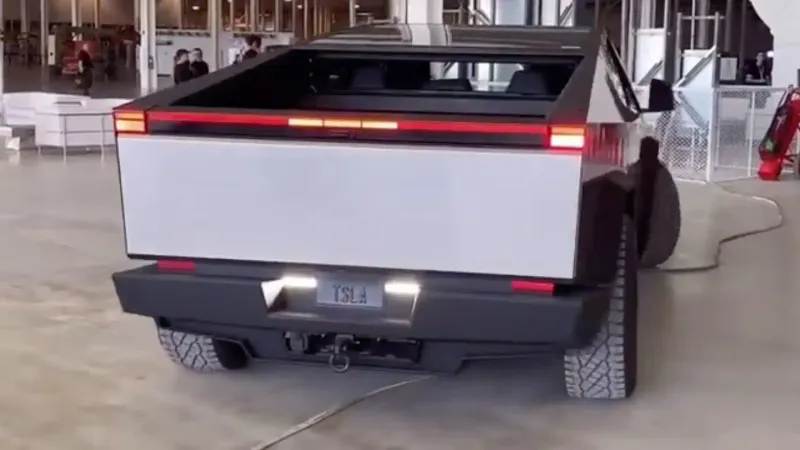
Glance over your shoulder while changing lanes in a Cybertruck and you’ll encounter a visibility problem that would make a submarine captain feel right at home.
The combination of thick pillars and tiny rear window creates massive blind spots.
The angular rear design might look cool on a poster, but it seriously compromises your ability to see what’s behind you.
Even with camera systems, the limited natural visibility creates genuine safety concerns.
Parking becomes an adventure sport when you can’t naturally gauge where your vehicle ends and obstacles begin.
5. Mirror, Mirror, Not on the Wall

Conventional wisdom says side mirrors help drivers see what’s around them. Tesla initially thought, “Nah, cameras are cooler!”
The prototype’s camera system might have looked sleek, but regulatory requirements eventually forced Tesla to add traditional mirrors.
The compromise solution feels tacked-on rather than integrated into the design. Many owners immediately remove them, despite the questionable legality and safety implications.
This design struggle highlights how the pursuit of futuristic aesthetics sometimes clashes with practical safety considerations that have evolved over decades of automotive design.
6. Panel Gap Pandemonium

For a vehicle with so few curves, you’d think perfect panel alignment would be a slam dunk. Surprise!
Early production models shocked owners with misaligned panels and inconsistent gaps that would make German car engineers faint.
Some gaps are wide enough to slide a credit card through, while others pinch tighter than a new pair of shoes.
These quality control issues stand out even more on the Cybertruck’s minimalist design, where every imperfection has nowhere to hide.
7. Barren Interior Blues
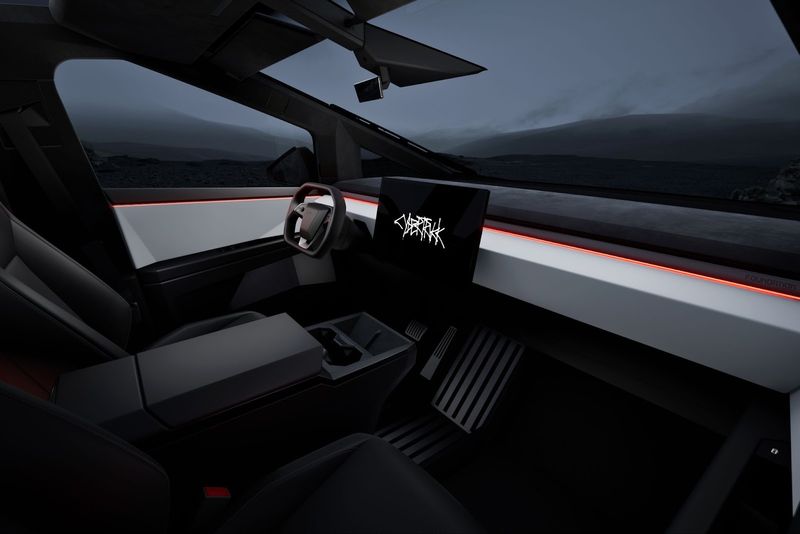
Hop inside the Cybertruck and you might wonder if Tesla forgot to finish the interior.
The ultra-minimalist approach strips away familiar controls and comforts in favor of a stark, spaceship-like cabin dominated by a single screen.
Missing are the tactile buttons and knobs that let drivers adjust settings without taking their eyes off the road. The marble-like dashboard material looks cool in photos but feels cold and uninviting in person.
For traditional truck owners who value practical storage spaces and rugged, comfortable interiors, the bare-bones approach feels like form trumping function.
8. Wiper Woes
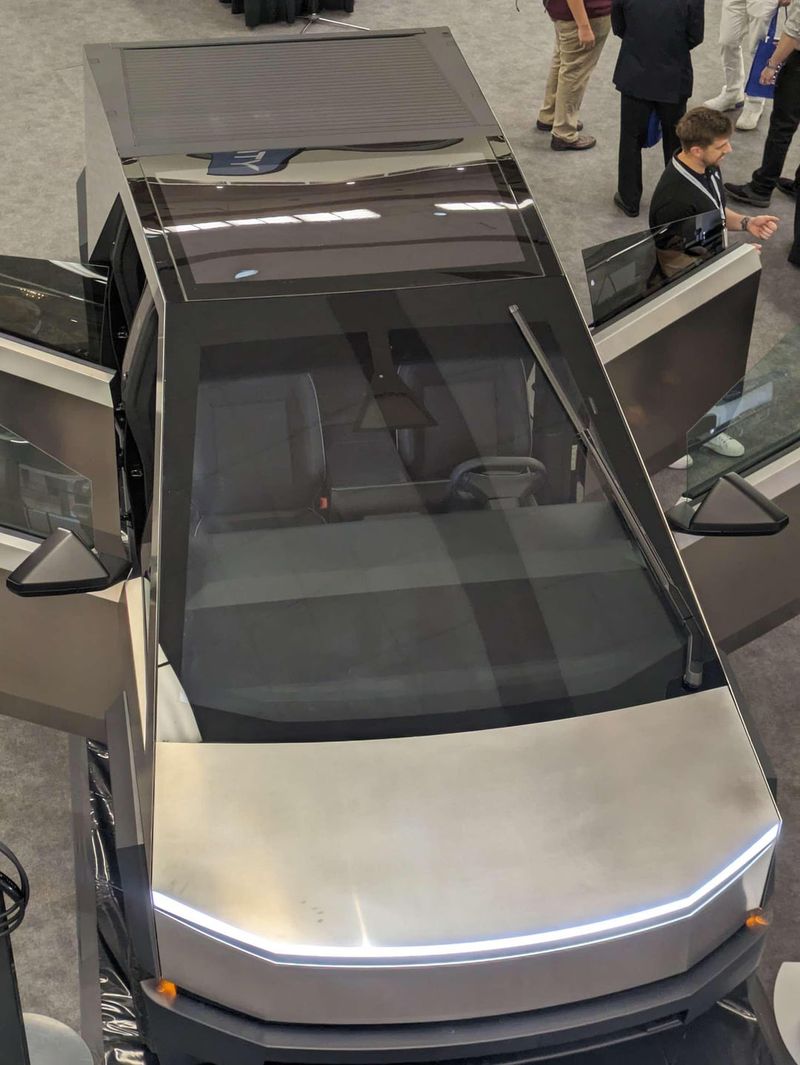
Rain falling on your massive windshield? Good luck with that single, gigantic wiper that looks like it was borrowed from a school bus!
Tesla engineers scratched their heads for years trying to solve this seemingly simple problem.
The final solution – a massive single-blade design – looks awkward and out of place on the otherwise sleek vehicle.
It struggles to clear the entire windshield effectively, leaving portions with poor visibility during heavy rain.
This odd design compromise stands as a perfect example of how the Cybertruck’s unconventional shape created unexpected functional challenges.
9. Towing Troubles
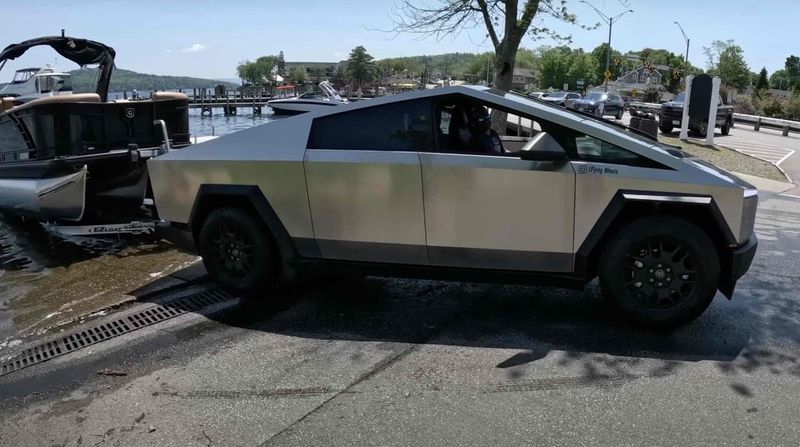
Hauling that boat to the lake? Better plan for extra charging stops! While Tesla boasts impressive towing capacity numbers on paper, the real-world impact on range has shocked many owners.
Towing heavy loads can slash driving range by 40-50%, turning what should be a simple trip into a logistical charging nightmare.
This dramatic efficiency drop makes the Cybertruck impractical for many traditional truck uses like long-distance hauling.
The physics problem of moving heavy loads with battery power remains one of electric trucks’ biggest challenges, and the Cybertruck is no exception.
10. Garage Space Invader

Measure twice, buy once – advice many Cybertruck owners wish they’d followed! This beast won’t fit in standard residential garages without playing a nerve-wracking game of automotive Tetris.
At over 18 feet long and 6.7 feet tall, the Cybertruck demands XXL parking accommodations. Some owners report having to renovate garages or leave their $80,000+ vehicle exposed to the elements.
Urban dwellers face even greater challenges with tight parking spaces and low-clearance parking garages that simply weren’t designed for vehicles of this scale.
11. Rural Charging Desert

Country roads might take you home, but they won’t take your Cybertruck very far if you can’t find a charger! Rural areas – where trucks are most popular – often lack adequate charging infrastructure.
The irony stings: a vehicle designed for adventure and utility becomes less practical in the very environments where trucks shine.
Farm owners and outdoor enthusiasts report anxiety about venturing too far from established charging corridors.
While Tesla’s Supercharger network leads the industry, significant gaps remain in remote areas where traditional trucks roam freely with gas stations as their lifeline.
12. Off-Road Rookie Status

Marketing videos show the Cybertruck conquering mountains, but real off-road enthusiasts have spotted concerning limitations.
Its massive weight and stiff suspension create challenges on technical trails where finesse matters more than brute force.
The smooth underbody lacks the articulation and protection features serious off-roaders expect.
Early testers report that while it handles mild trails adequately, it doesn’t match the capability of purpose-built off-road vehicles despite its rugged appearance.
13. Sticker Shock Syndrome
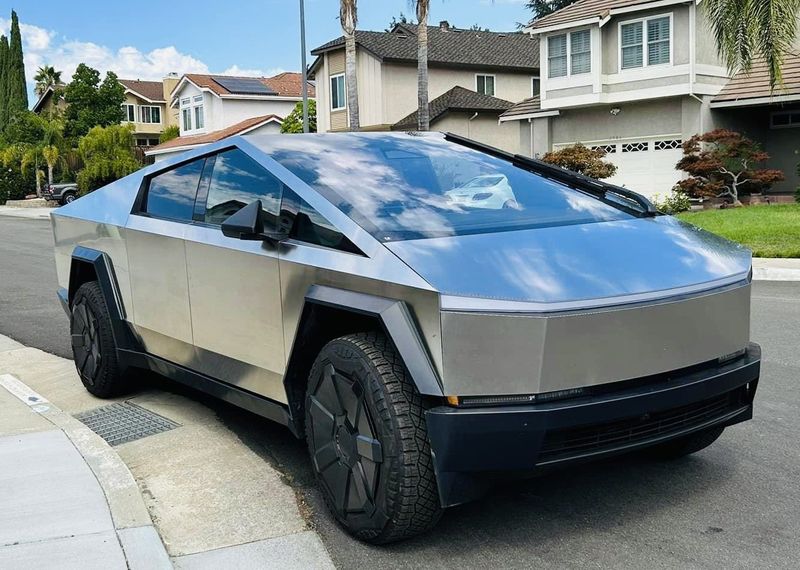
“Starting at $39,900” – those words from the 2019 reveal still echo in the minds of disappointed fans. Fast forward to reality: base models start around $60,000, with fully-loaded versions soaring past $100,000.
This dramatic price increase transformed the Cybertruck from a revolutionary mass-market disruptor to yet another luxury vehicle.
Many original reservation holders couldn’t justify the inflated cost when finally given the chance to configure their orders.
The broken promise of affordability particularly stings for the working-class truck buyers Tesla initially claimed to target.
